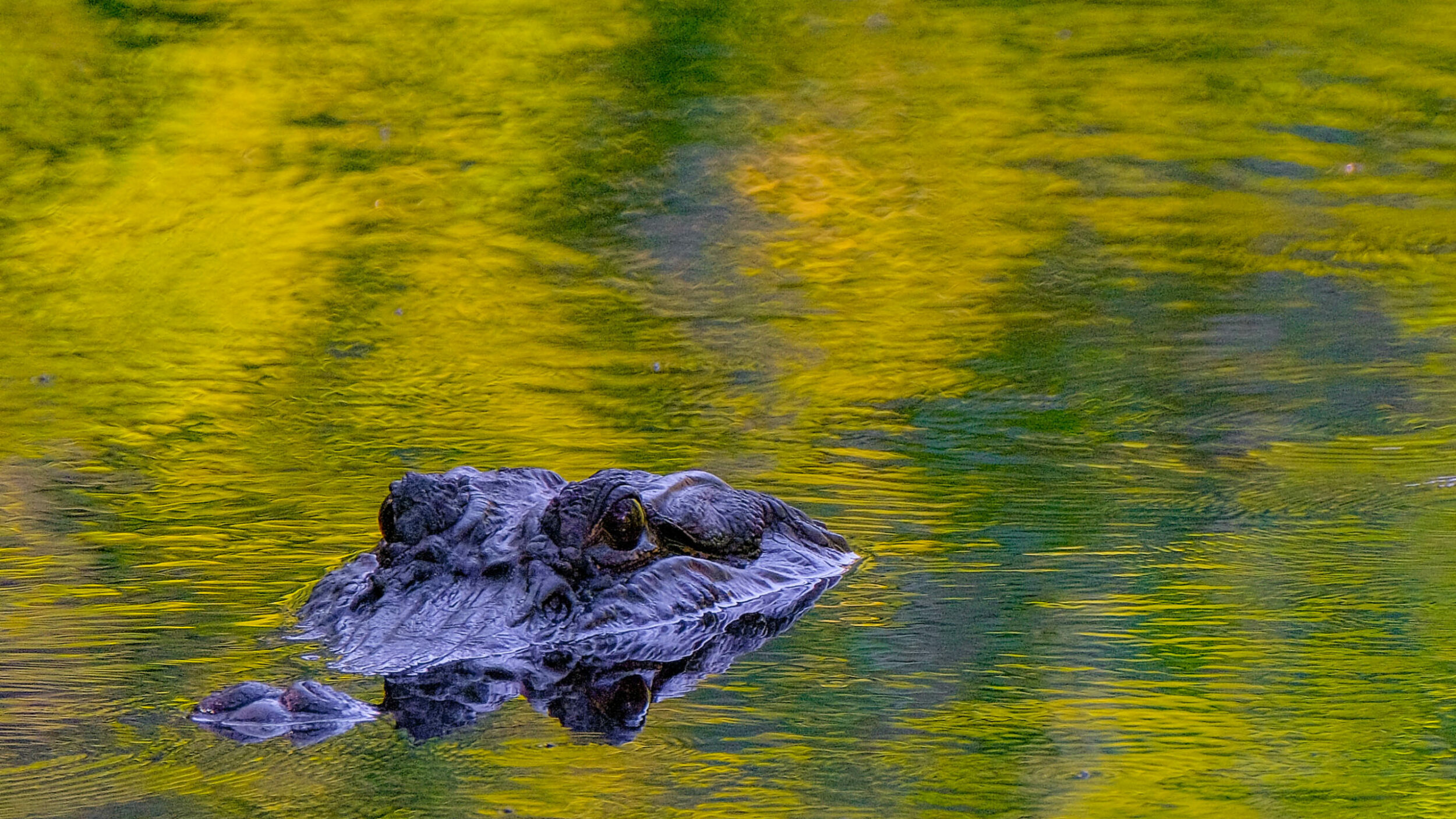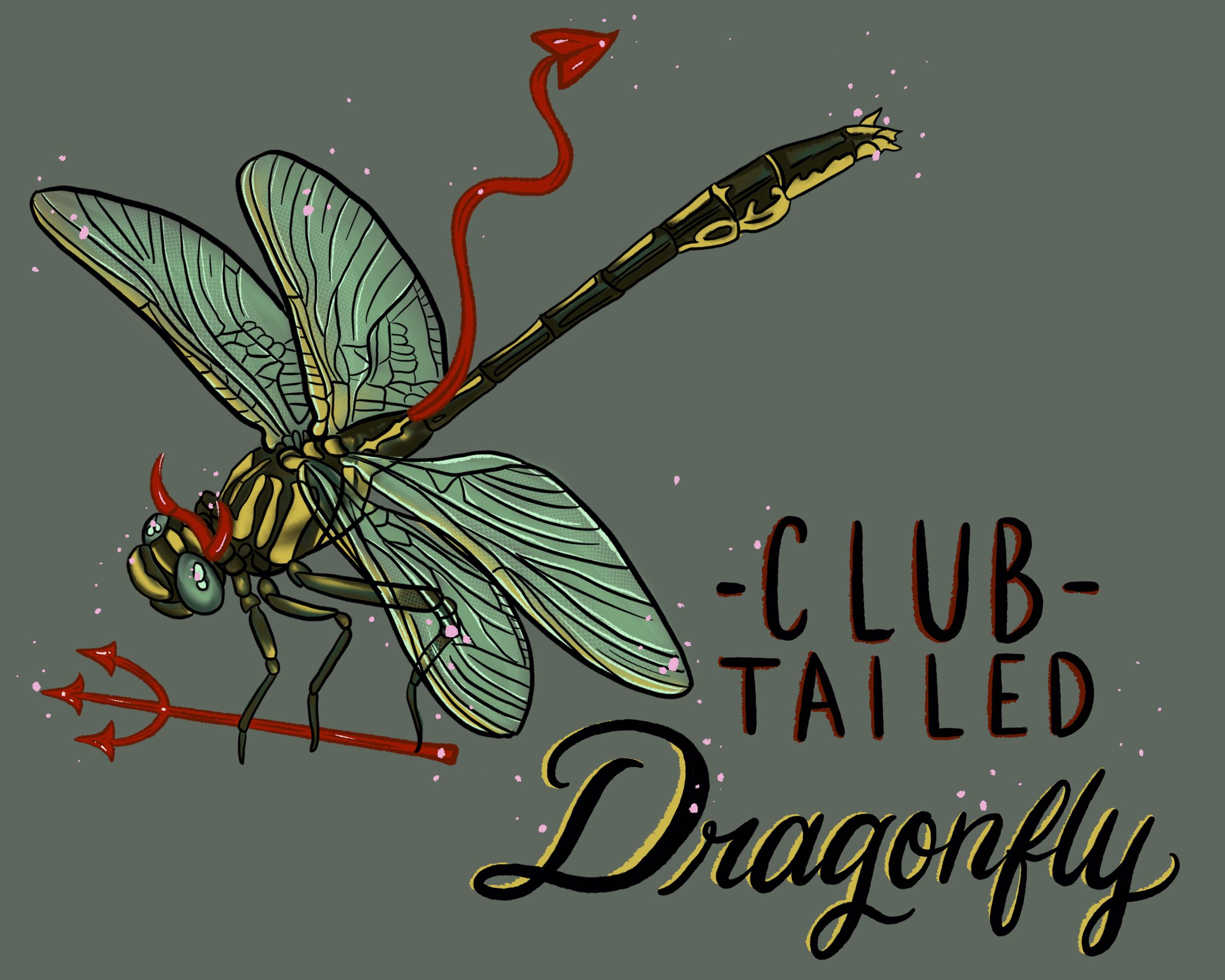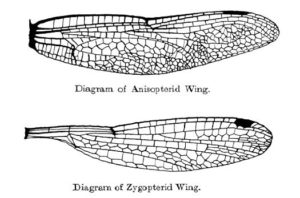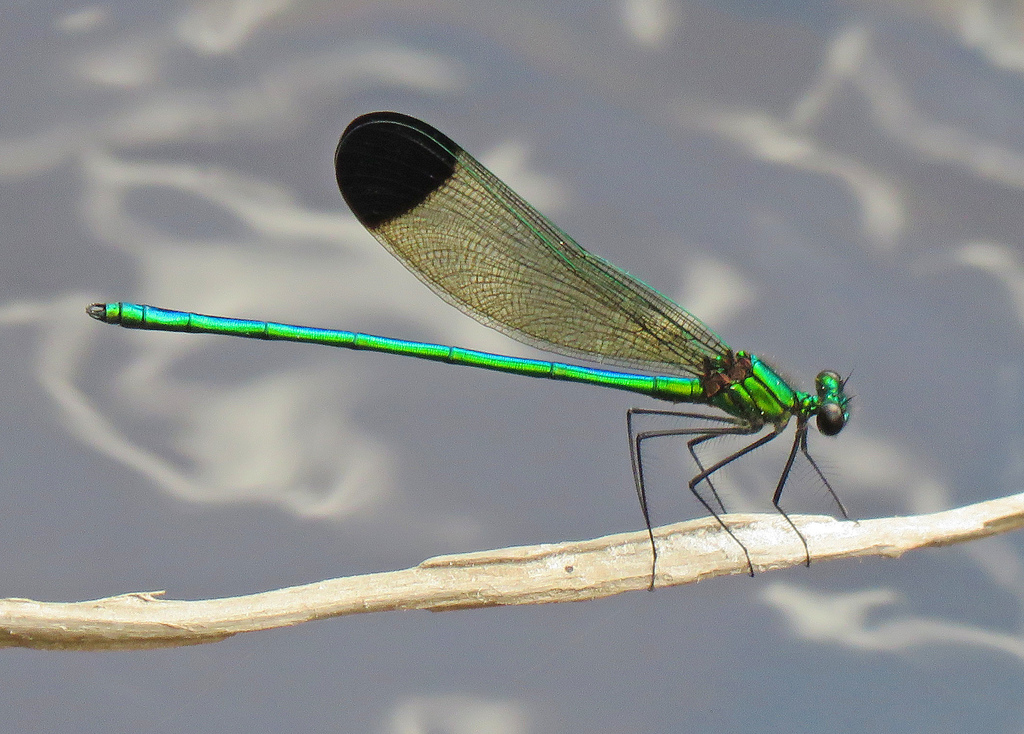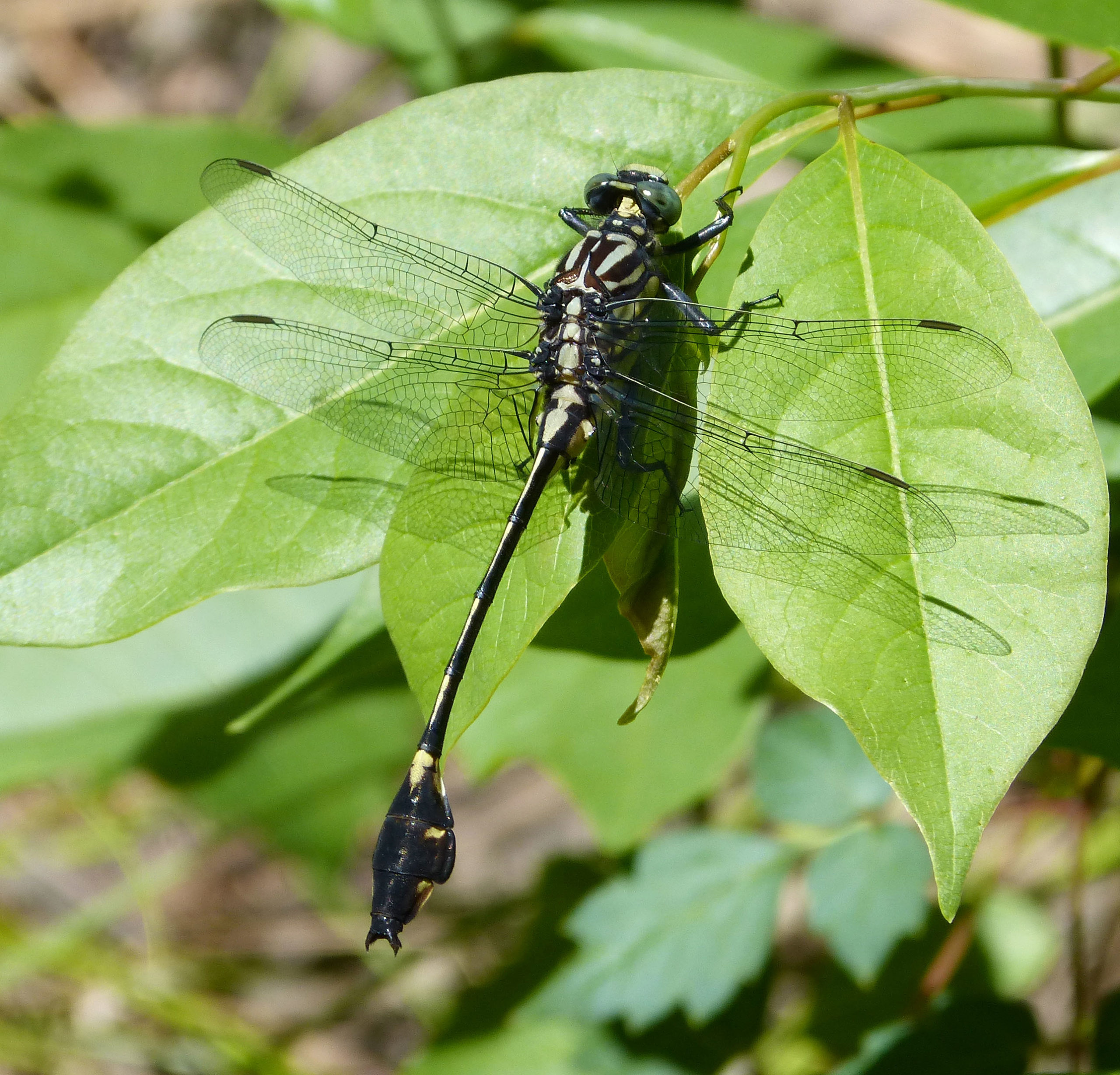
Bald-faced hornet
Dolichovespula maculata
The bald-faced hornet, also called the bald hornet or the white-faced hornet, is technically a wasp and only a close cousin to the true hornet. It gets its name for the black and white coloring (rather than the typical black and yellow) of its body.
Still, it behaves much that same, living in colonies of several hundred and building paper nests created from chewed wood pulp mixed with saliva. Nests high in trees or rocky overhangs are common. These beautiful nests can be up to two feet long.
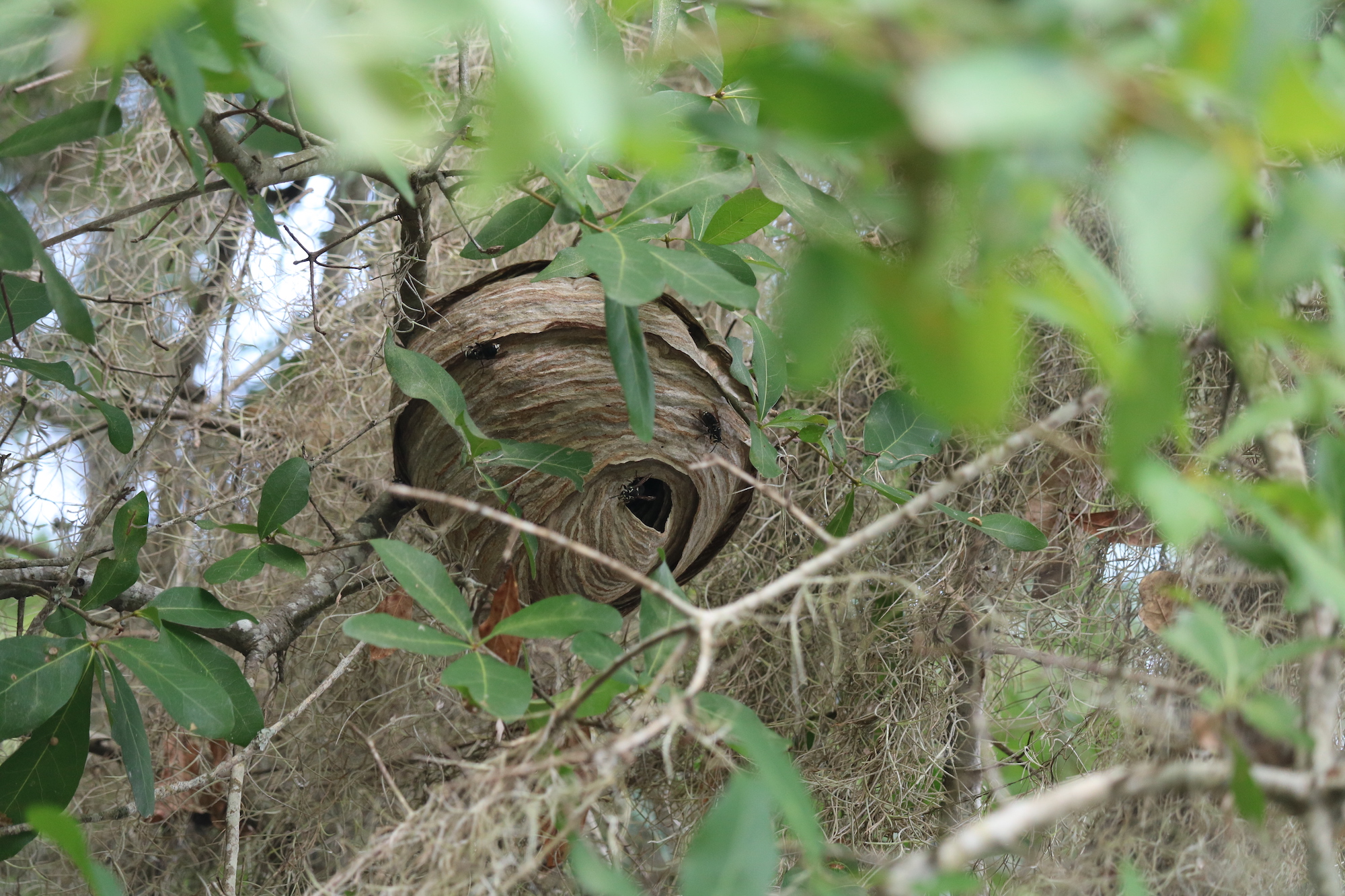
The nests include many layers of hexagonal combs inside of an outer layer protective paper. They also create air vents in the upper portion of the nest that heat to escape.
The adult hornets are omnivores, eating other insects as well as fruit, meat, spiders and plant nectar. Perhaps more fierce and frightening than butterflies or bees, they are also important pollinators.
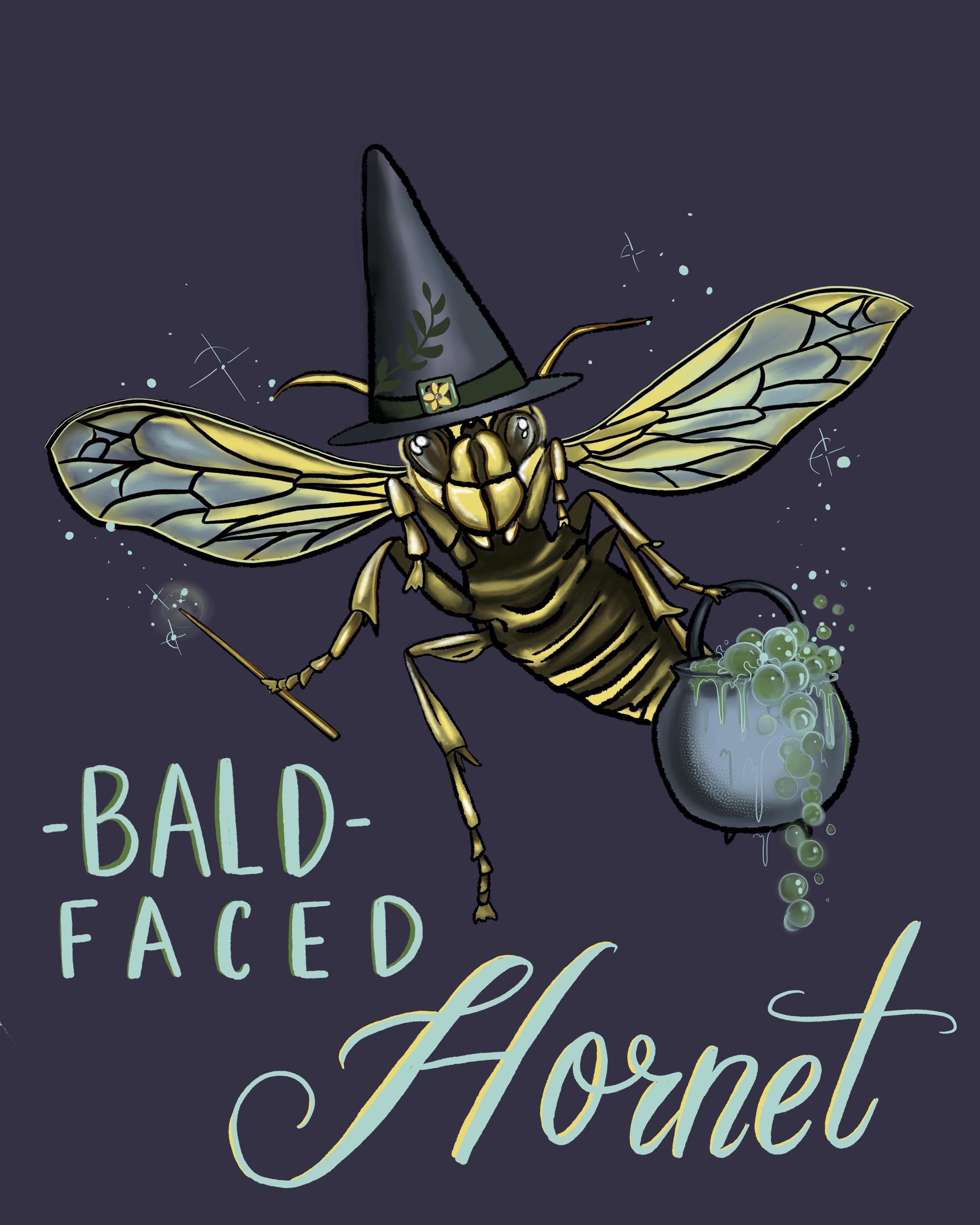
This species lives throughout most of America and Canada but are most commonly found in the American southeast. They are a stinging insects, though rarely do so unless disturbed. When found in urban or suburban areas it is recommended the nests be moved by professionals.
